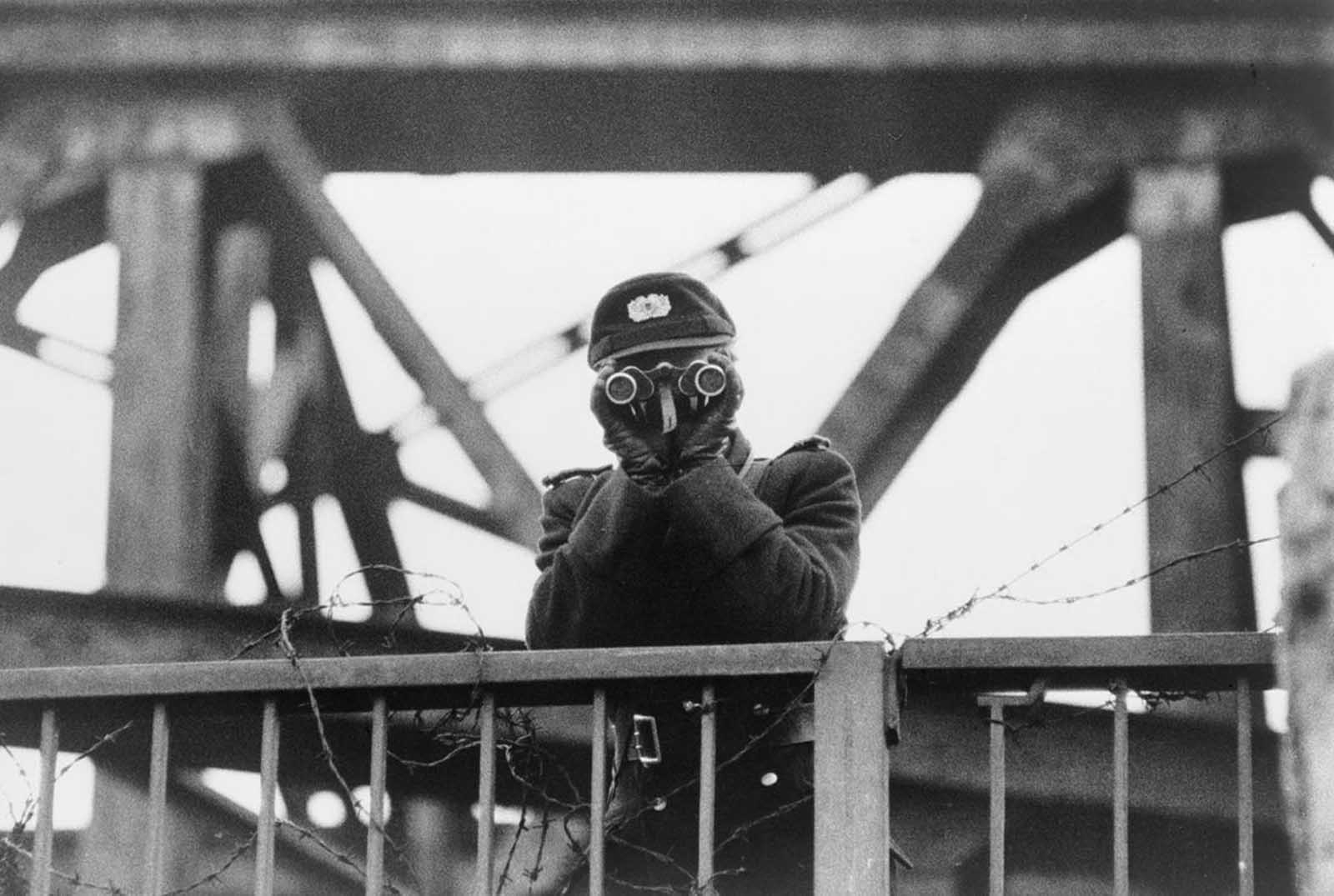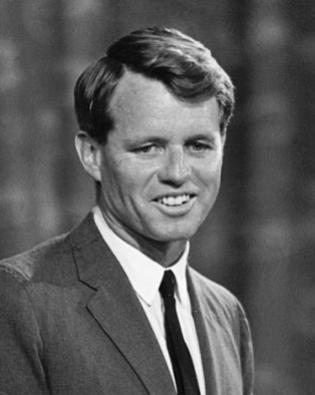
Denazification was the process of removing Nazi ideology and influence from all forms of public life in Germany after World War 2.
This process does not seem to have happened on the German National Anthem, I think this was a great mistake. A national Anthem is not just a bit of music, it instills a sense of pride and belonging in people’s hearts and minds.
It is my opinion that the German National Anthem should have been changed after the war.
The “Deutschlandlied” – “Song of Germany”)- officially titled “Das Lied der Deutschen” (“The Song of the Germans”), or part of it, has been the national anthem of Germany since 1922.
The music is the hymn “Gott erhalte Franz den Kaiser”, written in 1797 by the Austrian composer Joseph Haydn as an anthem for the birthday of Francis II, Emperor of the Holy Roman Empire and later of Austria.In 1841, the German linguist and poet August Heinrich Hoffmann von Fallersleben wrote the lyrics of “Das Lied der Deutschen” as a new text for that music. The melody used by the “Deutschlandlied” was still in use as the anthem of the Austro-Hungarian Empire until its demise in 1918. On 11 August 1922, German President Friedrich Ebert, a Social Democrat, made the Deutschlandlied the official German national anthem.
When the Nazis took control in 1933,only the first stanza was used, it was also used in conjunction with the “Horst-Wessel-Lied”
The first stanza or refrain has the following text(English Translation)
“Germany, Germany above all,
Above all in the world,
When, for protection and defense,
It always stands brotherly together.
From the Meuse to the Memel,
From the Adige to the Belt,
Germany, Germany above all,
Above all in the world!
Germany, Germany above all,
Above all in the world!”
Although they changed the anthem from the 1st to the 3rd stanza after the war, with the lyrics.
“Unity and justice and freedom
For the German fatherland!
Towards these let us all strive
Brotherly with heart and hand!
Unity and justice and freedom
Are the safeguards of fortune;
Flourish in the radiance of this fortune,
Flourish, German fatherland!
Flourish in the radiance of this fortune,
Flourish, German fatherland”
The melody remained the same and the 1st stanza is still an official part of the whole piece of music. In the recent past it has resurfaced by some far right extremists and Neo Nazis. This could have been avoided if they had changed the National Anthem in its entirety.
There were efforts between 1945 and 1950 to change the anthem, but it was not popular with the German citizens. So in 1950 they decided to stick with the anthem and to just change the stanza. I think they gave up too easy.
At least the East German government changed the anthem to .”Auferstanden aus Ruinen” risen from ruins.
For Germany to escape their constant association with Fascism and Nazism, I believe it is important for them to realize that changing the anthem will be an important step to that. Maybe they should adopt the former DDR anthem
sources
https://www.bundestag.de/en/parliament/symbols/anthem
https://www.classical-music.com/features/works/german-national-anthem-lyrics/






 a Soviet who had been arrested in New York and convicted of espionage. As Powers and Abel were crossing the bridge, Soviet officials at Checkpoint Charlie also released Frederic Pryor, an American student who had been arrested by the East German Stasi and mistakenly branded a spy. Checkpoint Charlie was later used for a few other prisoner swaps, and its role as a Cold War trading post became a popular motif in spy novels and films. One of the most famous depictions came in the 1965 film version of author John le Carré’s “The Spy Who Came in from the Cold,” which opens with a British agent being gunned down as he tries to cross the checkpoint.
a Soviet who had been arrested in New York and convicted of espionage. As Powers and Abel were crossing the bridge, Soviet officials at Checkpoint Charlie also released Frederic Pryor, an American student who had been arrested by the East German Stasi and mistakenly branded a spy. Checkpoint Charlie was later used for a few other prisoner swaps, and its role as a Cold War trading post became a popular motif in spy novels and films. One of the most famous depictions came in the 1965 film version of author John le Carré’s “The Spy Who Came in from the Cold,” which opens with a British agent being gunned down as he tries to cross the checkpoint.





 — and that an official commission has been tasked with the investigation.
— and that an official commission has been tasked with the investigation.















































You must be logged in to post a comment.